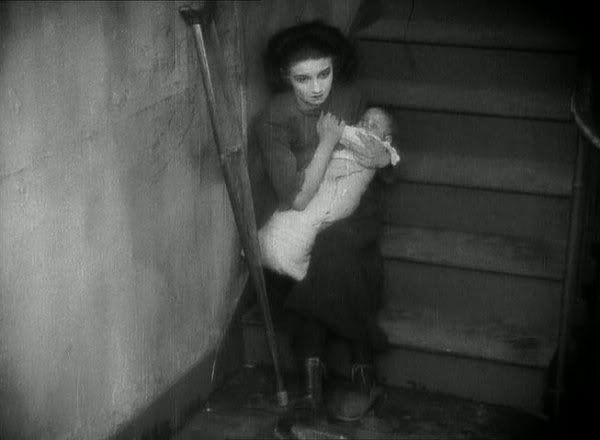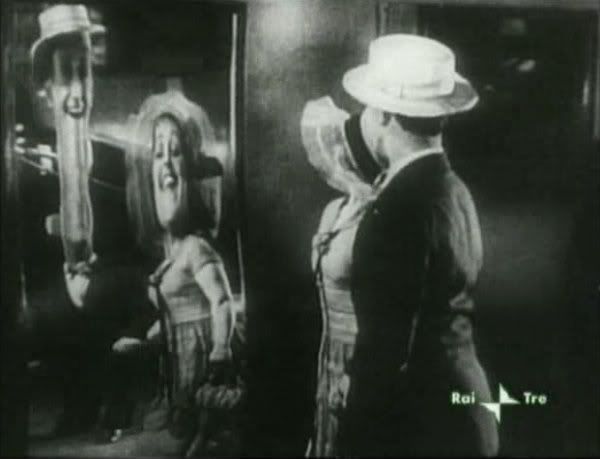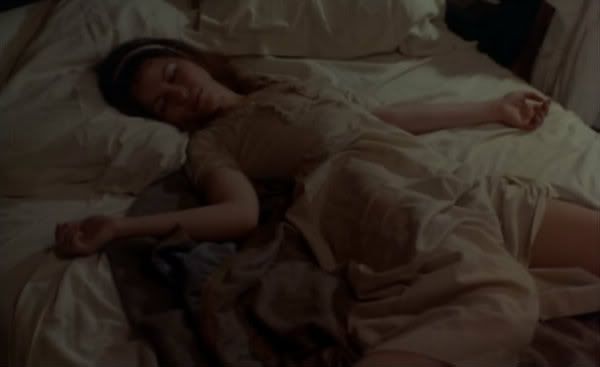
As if The Girl with the Dragon Tattoo and the Millennium Trilogy, The Killing and The Headhunters weren't enough to satisfy the recent Scandinavian films/literature craze overseas, the superb, original Swedish TV series Wallander (not to be confused with the equally popular Kenneth Branagh's BAFTA winning adaptation on BBC) finally makes a landfall in the US, in a standalone, 90-minute film version, titled Henning Mankell's Wallander: The Revenge in theaters. As a shrewd marketing ploy, Music Box Films is releasing the entire first and second season (13 espisodes) on VOD itunes, Amazon and Vudu earlier and DVD on May 29th. The Revenge is the season 2 premiere episode.
Before Stieg Larsson's Lisbeth Salander, there was Henning Mankell's Kurt Wallander. Based on an original story from immensely popular Swedish crime writer Mankell, Wallander: The Revenge follows the titular chief inspector Kurt Wallander (Krister Henriksson) as he investigates crimes and solves mysteries in the deceptively dark underbelly of picturesque modern Sweden.
The film starts with Wallander having achieved his life's dream- buying a house by the sea. The celebration is cut short by the citywide power outage. Someone blew up the only transformer in Ystad and in the middle of chaos, a civic official who allowed a controversial exhibit, depicting the prophet Mohammad in an unflattering way is murdered. Then the strategic car bombs go off and a nurse is murdered in the hospital in the same fashion as the official. The military is called in and the small idyllic town turns into a war zone. Wallander's hunch is the murders and the bombings are connected.
In the wake of the killing rampage in Norway just last year, Wallander: The Revenge weaves the state of multi-ethnic Scandinavia today into a storyline. It paints the complex picture of the society in tumultuous times where fear-mongering and racial profiling have become household names.
So how does Wallander: The Revenge stack up as a standalone film? Fast paced, topically up to date with likable characters, it works as a tight, intriguing thriller. Sure you might feel that you are thrown into the world of Wallander cold feet. But thanks largely to Krister Henriksson's downbeat, old fashioned, heavy drinking and slightly sexist Wallander, you feel somehow at ease in his world. His Colombo-esque affability is the film's best asset against the cold, tech savvy and always changing world.
As the film sets up for the rest of the season, one can detect future conflicts (with the sexy new recruit) and a new love interest in the form of his new boss and neighbor (Lena Endre from the Millennium film trilogy), I can see myself easily getting addicted to the series.
Henning Mankell's Wallander: The Revenge opens June 1 in limited release in New York and LA. The 13 Wallander films are available on VOD and DVD now.









































